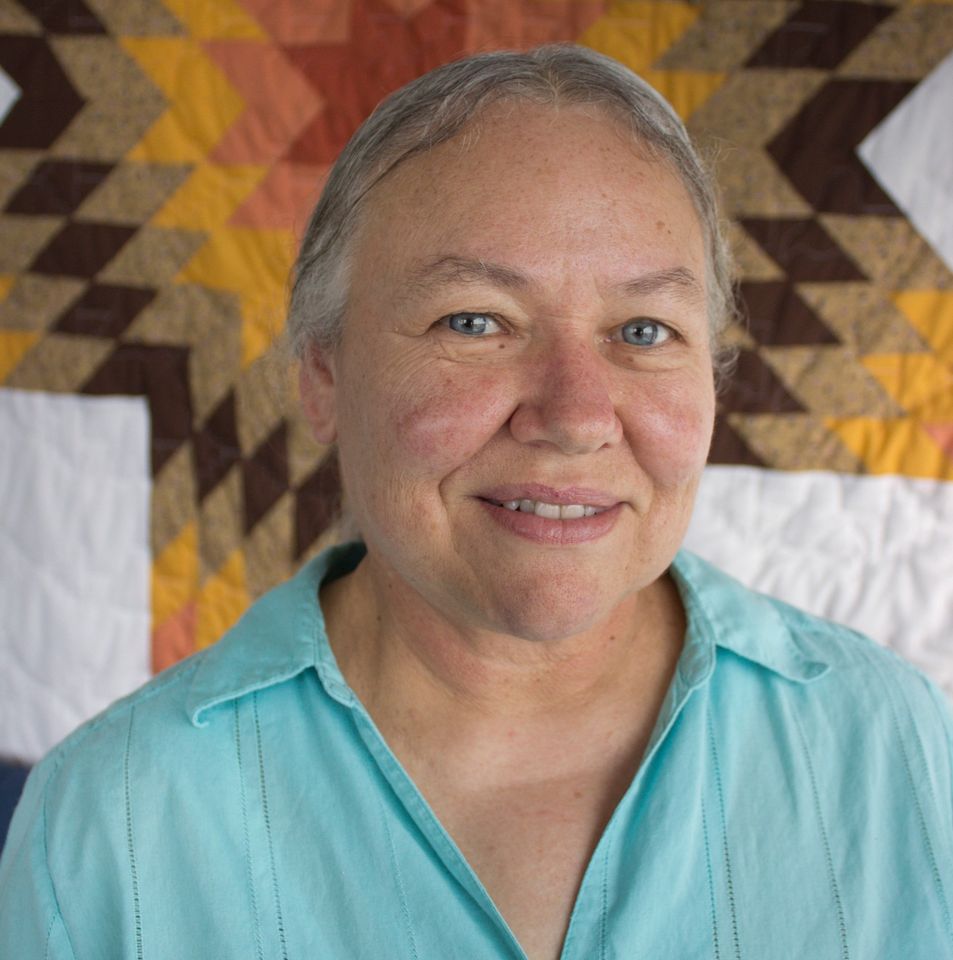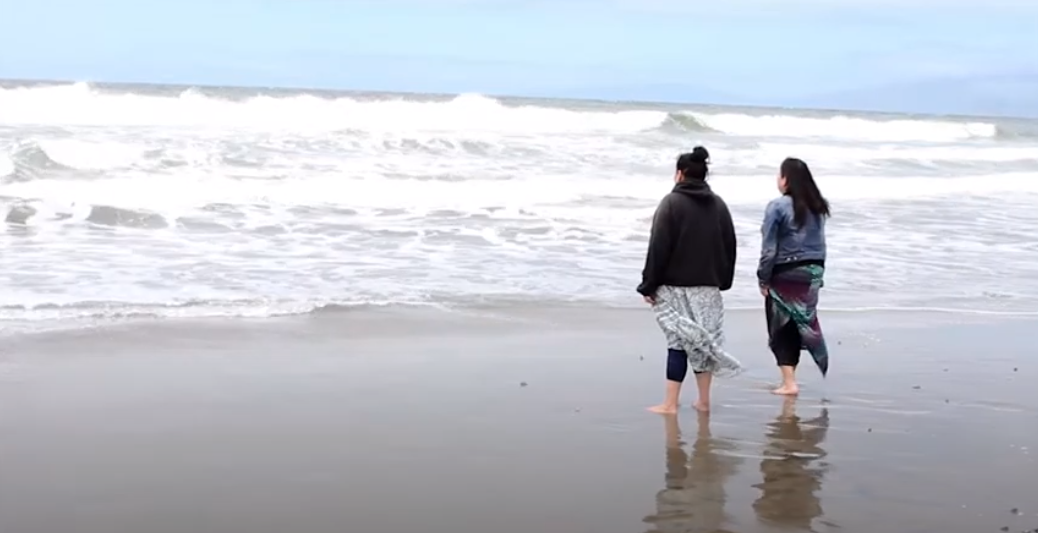The Power of Traditional Healing at Native American Health Center
Image: Still taken from annual Water Walk
 Blog Contribution: Janet King, MSW, Native American Health Center
Blog Contribution: Janet King, MSW, Native American Health Center
Traditional healing has been a part of Native American Health Center (NAHC) for a very long time in many different forms. In recent times, traditional healers come to clinic sites two days a month to perform one-on-one sessions with members, as well as group meetings. All departments at NAHC are invited to set up appointments for their members to see the traditional healer.
Traditional healing is very important to our members because of the cultural and spiritual aspect
There have been sessions with all staff (participation is voluntary) as well as doing a circle with Elders, who used to meet on a weekly basis at NAHC, which has now moved to a virtual platform on a monthly basis. Healing takes various forms: listening to the person or group members, exchanging some ideas, giving guidance, prayer and songs. Many report feeling uplifted after a session and often request subsequent sessions in following months.
Traditional healing is very important to our members because of the cultural and spiritual aspect. While psychological services are good for many, some of our members seek out a spiritual pathway to maintain wellness and some do both. Often times when members are seeing the traditional healer they also have a counselor and many times the counselor attends the healing session as well.
Our traditional healing helps to recover from these losses.
When we do patient satisfaction surveys and focus groups many times the parts of our services that get high marks are our traditional services. In the past we have had naming ceremonies and wiping of the tears ceremonies. These are ceremonies that bring about healing and identity. Our ceremonies were outlawed for a long time until the 1978 passage of the American Indian Religious Freedom Act. This law has helped to restore the wellness that our ceremonies produce. Naming ceremonies give meaning, identity and purpose to one’s life and wiping of the tears ceremony brings closure to grief and loss. Native Americans have a lot of unresolved grief from federal policies that took children away to be raised in boarding schools against the will of their communities, land loss, culture loss and broken treaties and promises in exchange for land and resources. Our traditional healing helps to recover from these losses.
We also have events involving traditional healing. We have an annual water walk where we again revitalize culture by honoring and respecting water – the source that makes life possible on Earth. Along with all of the cultural teachings, respecting and treating Earth elements as relatives ensures that we would care for them just like family members. Our traditional healing brings meaning and purpose to our lives which combat depression and suicide. Getting together at these events helps to heal the trauma of being separated from each other and gives respite from having to operate in the dominant culture which many times has values that are opposite to values in Native American culture.
Our traditional services are for everybody. Many of our non-Native American members also make appointments with the traditional healer and many community based organizations participate in our events. We strengthen our Native American community while making connections and relationships with people from other groups and organizations. An outcome of our traditional component is rebuilding community, strengthening individuals and restoring culture. Before colonization Native Americans did not have the high prevalence of certain diseases like we do today because we had a culture that produced health. Traditional healing and culture is restoring that health. Traditional healing also aligns with the Trauma Informed Care approach of not asking what is wrong with you but asking what happened to you.
You can learn more about traditional healing at NAHC HERE.
